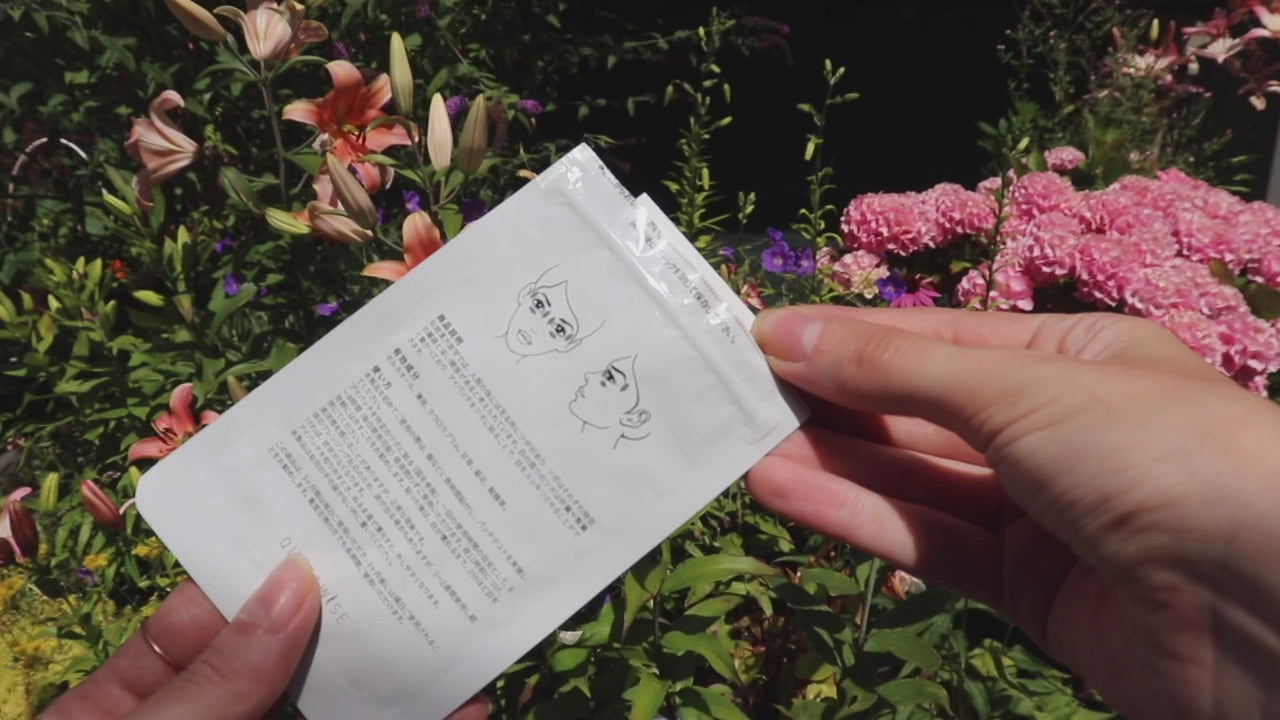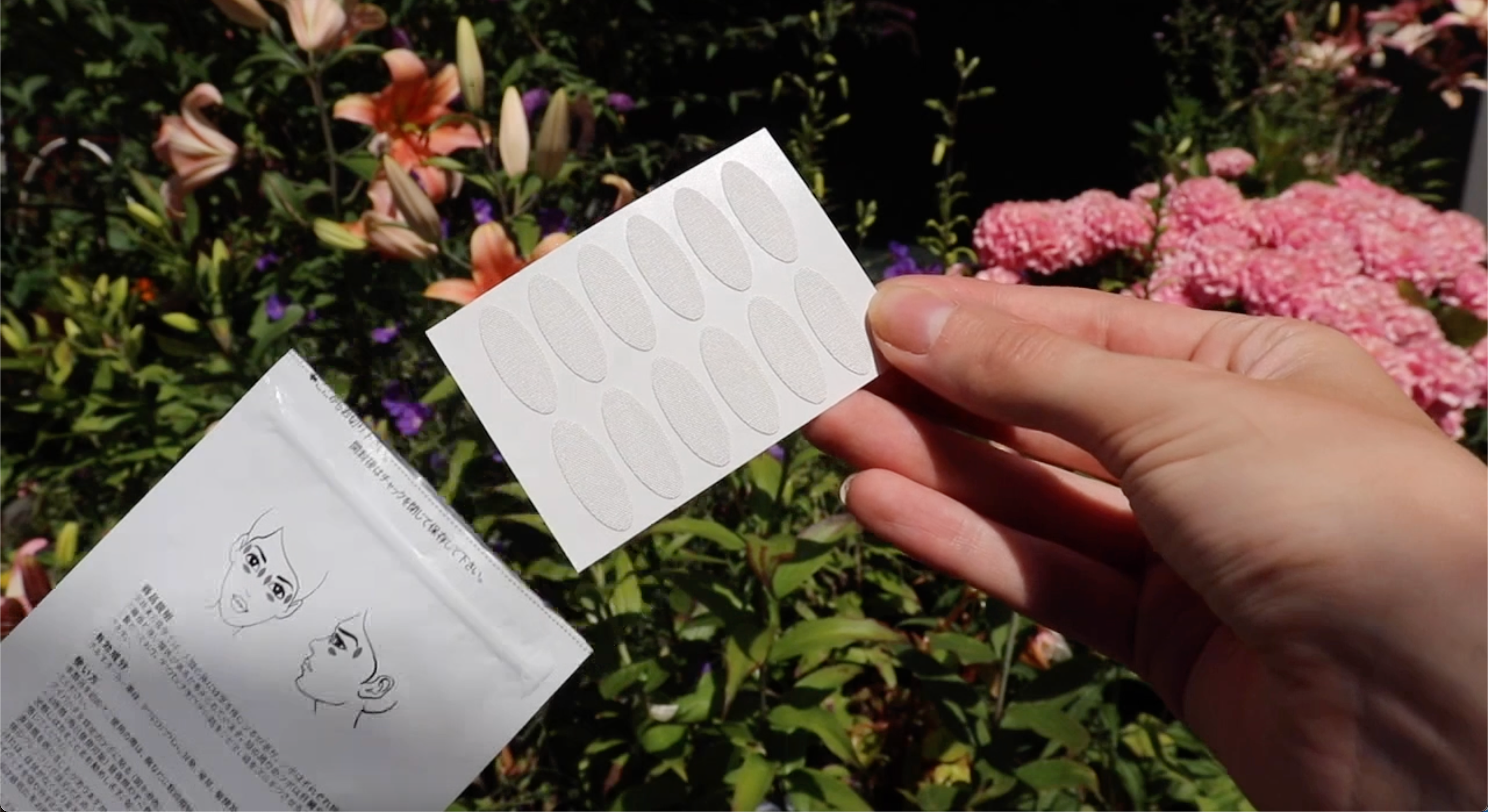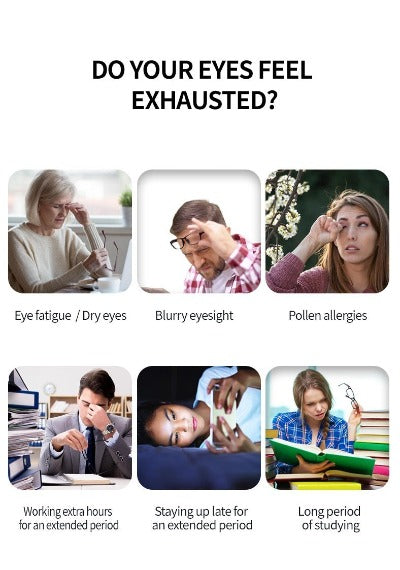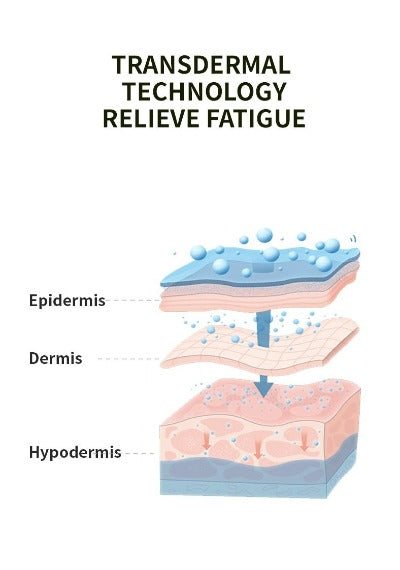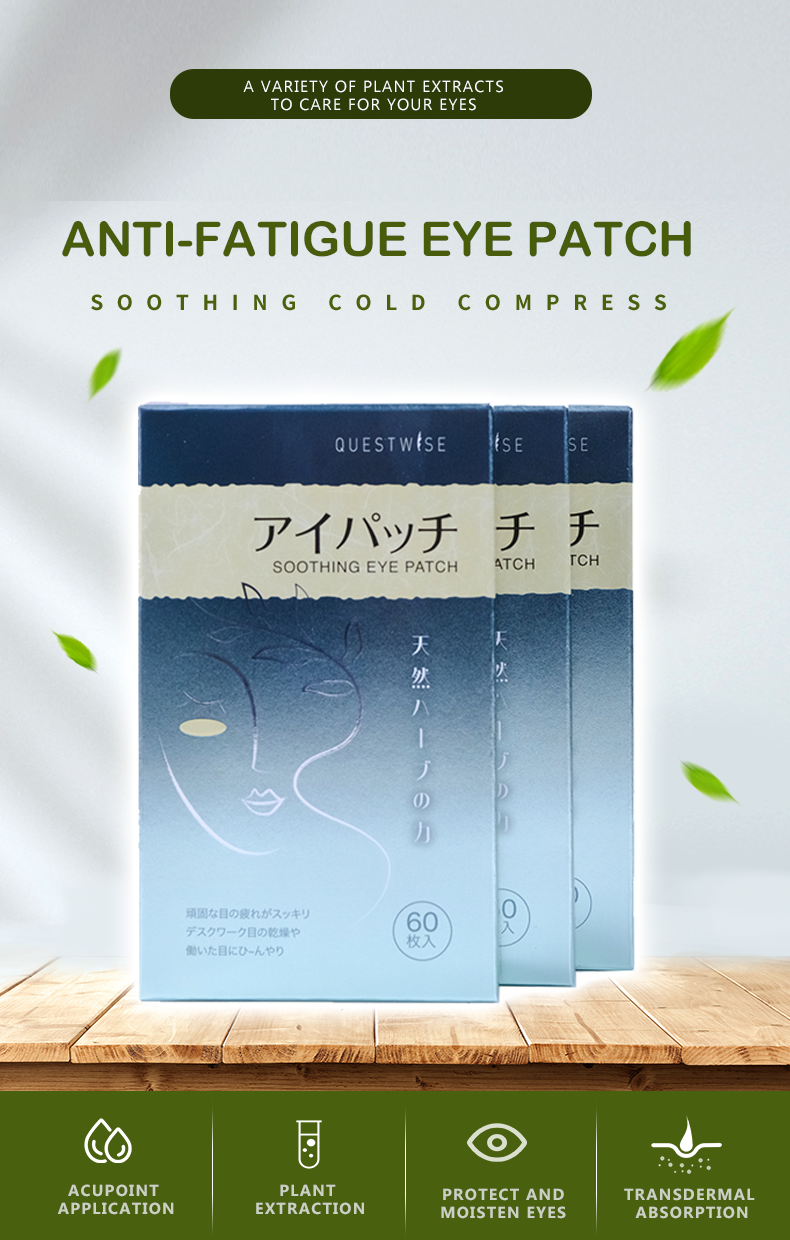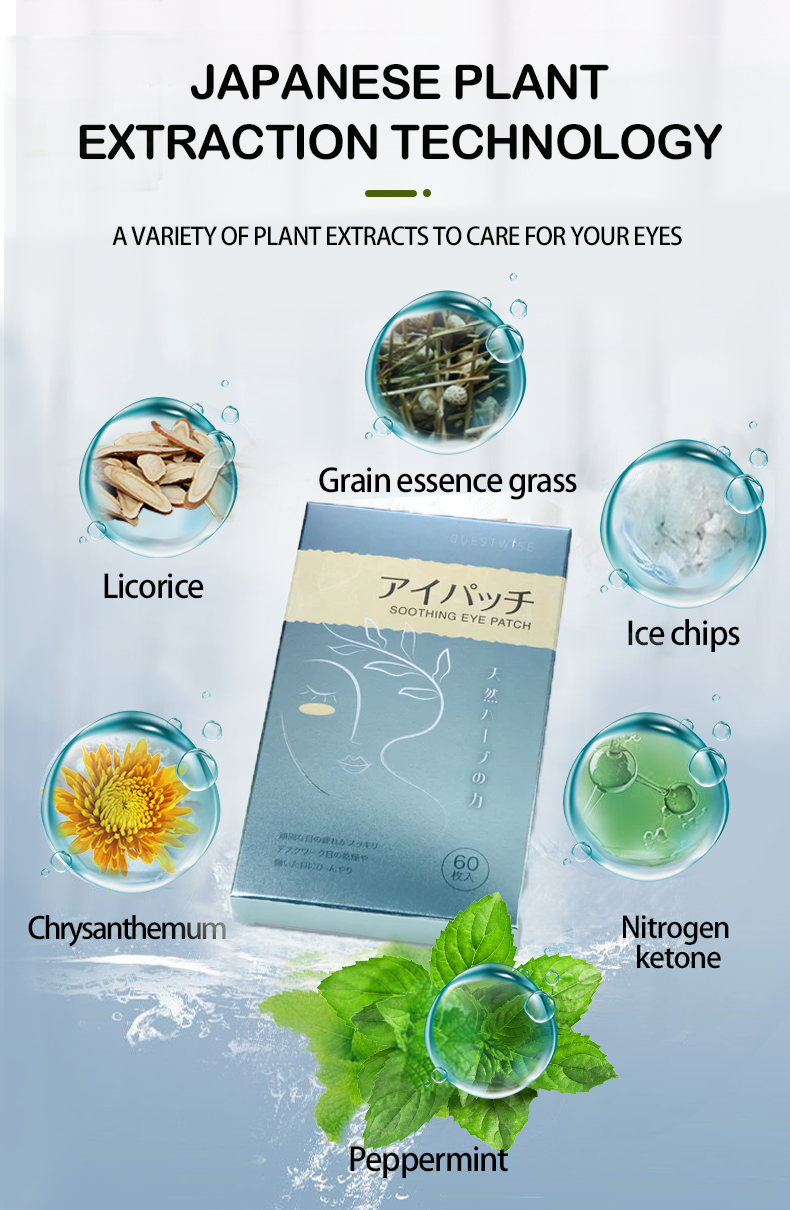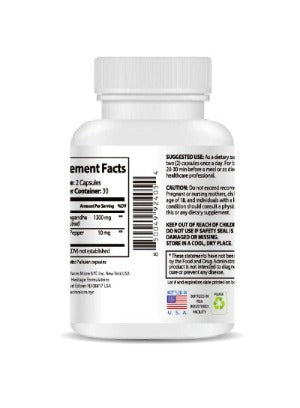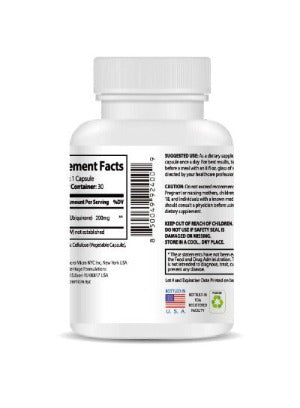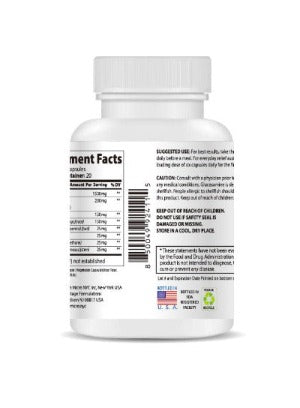Diet Tips to Manage High Eye Pressure Effectively in 2025
High eye pressure, also known as ocular hypertension, is a condition where the pressure inside your eyes is higher than normal. While not everyone with high eye pressure develops glaucoma, it's a significant risk factor, making proactive management crucial for long-term eye health. In 2025, we have a deeper understanding of the intricate relationship between diet and eye health, revealing the power of nutrition in mitigating high eye pressure. This comprehensive guide will delve into effective dietary strategies and introduce you to a supportive product designed to complement your efforts towards maintaining healthy eye pressure. We'll explore the science behind the connection between nutrition and eye pressure, provide detailed dietary recommendations, and discuss lifestyle modifications to optimize your eye health.
Understanding the Complex Link Between Diet and High Eye Pressure
The connection between what you eat and the pressure within your eyes is multifaceted and intricate. Your diet significantly impacts your overall health, and this extends directly to the well-being of your eyes. Specific nutrients and dietary choices can either contribute to or alleviate high eye pressure. A diet rich in antioxidants, omega-3 fatty acids, and essential vitamins and minerals is fundamental in supporting healthy eye pressure. Conversely, a diet overloaded with saturated and unhealthy fats, excessive sodium, and an abundance of processed foods can negatively influence your eye health, potentially exacerbating high eye pressure. Let's delve deeper into the scientific basis of this connection.
The Role of Antioxidants
Oxidative stress, caused by an imbalance between free radicals and antioxidants in the body, plays a significant role in the development of various eye diseases, including those associated with high eye pressure. Antioxidants neutralize these free radicals, protecting your eye cells from damage. A diet rich in antioxidants is crucial in mitigating this oxidative stress and maintaining healthy eye pressure.
The Importance of Omega-3 Fatty Acids
Omega-3 fatty acids are essential for maintaining the structural integrity of the cells in your eyes, including the retina and the cells that regulate fluid balance in the eye. These fatty acids are crucial for reducing inflammation, a factor that can contribute to high eye pressure. A deficiency in omega-3s can impair this function, potentially leading to an increase in eye pressure.
The Impact of Micronutrients
Several vitamins and minerals play a vital role in supporting the health of your eyes and maintaining healthy eye pressure. Vitamin C, for instance, is an essential antioxidant that protects your eyes from damage caused by free radicals. Lutein and zeaxanthin, found in leafy green vegetables, act as protective filters, shielding your eyes from the harmful effects of blue light. Zinc, another important micronutrient, is essential for maintaining the integrity of your retinal cells.
Dietary Strategies for Effective High Eye Pressure Management
Embarking on a dietary journey to manage high eye pressure involves making conscious choices to nourish your eyes from the inside out. Here’s a detailed look at effective dietary strategies, focusing on both what to include and what to limit in your diet:
Foods to Emphasize for Healthy Eyes
- Leafy Green Vegetables: Spinach, kale, collard greens, and other leafy greens are packed with lutein and zeaxanthin, potent antioxidants crucial for eye health. Aim for at least one serving daily.
- Fatty Fish: Salmon, tuna, mackerel, and other fatty fish are rich in omega-3 fatty acids, vital for reducing inflammation and supporting healthy eye pressure. Include these in your diet at least twice a week.
- Berries: Berries like blueberries, strawberries, and raspberries are excellent sources of antioxidants, protecting your eyes from oxidative stress. A handful a day can make a difference.
- Citrus Fruits: Oranges, grapefruits, and lemons are rich in Vitamin C, another powerful antioxidant that supports overall eye health. Enjoy these fruits regularly.
- Nuts and Seeds: Almonds, walnuts, flaxseeds, and chia seeds provide healthy fats and other nutrients beneficial for eye health. Add them to your diet as snacks or incorporate them into your meals.
- Sweet Potatoes: These are a good source of beta-carotene, which your body converts to Vitamin A, crucial for vision health. Include them in your diet for a boost of this essential nutrient.
Foods to Limit or Avoid
- Processed Foods: These are often high in sodium, unhealthy fats, and added sugars, all of which can negatively impact your eye health. Minimize consumption.
- Fast Food: Fast food generally contains high levels of sodium and unhealthy fats, contributing to poor eye health. Choose healthier alternatives.
- Sugary Drinks: Sodas and other sugary drinks can contribute to weight gain and inflammation, both of which can exacerbate high eye pressure. Limit or eliminate these.
- Saturated and Trans Fats: These unhealthy fats can contribute to inflammation and increase your risk of high eye pressure. Minimize your intake.
- Excessive Sodium: High sodium intake is linked to increased eye pressure. Reduce your salt intake and avoid overly salty foods.
Introducing Wise Quest Soothing Eye Patches for Added Support
While dietary changes form the cornerstone of managing high eye pressure, incorporating supportive products can enhance your overall approach. The Wise Quest Soothing Eye Patches - 1-Month Care Pack offers a unique approach to soothing eye discomfort and promoting relaxation. These patches harness the power of traditional Chinese herbal medicine to alleviate eye fatigue, dryness, astringency, redness, and swelling often associated with long hours spent in front of screens. By promoting healthy blood circulation, these patches contribute to relieving eye discomfort and supporting overall eye well-being. They are a valuable addition to your routine, complementing your dietary efforts.

Lifestyle Factors Beyond Diet
Beyond diet, several lifestyle choices play a crucial role in managing high eye pressure. Regular exercise helps maintain a healthy weight and improves overall circulation, which benefits eye health. Getting enough sleep is also vital, as insufficient sleep can negatively impact various bodily functions, including eye health. Finally, protecting your eyes from UV rays through sunglasses and hats is crucial to preventing further damage.
Long-Term Strategies and Monitoring
Managing high eye pressure is an ongoing process requiring consistent effort and commitment. Regular check-ups with your ophthalmologist are paramount to monitor your eye pressure and ensure your management plan remains effective. A healthy diet, the support of products like the Wise Quest Soothing Eye Patches, regular exercise, adequate sleep, and UV protection form a holistic approach to long-term eye health. Don't hesitate to reach out to your healthcare provider for guidance and support in managing high eye pressure. Open communication with your eye doctor will enable them to tailor a comprehensive strategy for your specific needs and monitor the effectiveness of the plan.
Conclusion: A Holistic Approach to Eye Health
In 2025, the understanding of high eye pressure management has evolved significantly. A holistic approach that integrates dietary modifications, lifestyle changes, and supportive products offers a comprehensive strategy for effective management. By embracing these strategies, you take an active role in protecting your vision and ensuring healthy eyes for years to come. Remember, consistent effort and regular monitoring are key to success in managing high eye pressure and maintaining optimal eye health. By integrating the tips in this article, alongside incorporating products like the Wise Quest Soothing Eye Patches you significantly improve your chances of effectively managing high eye pressure and preserving your vision.



